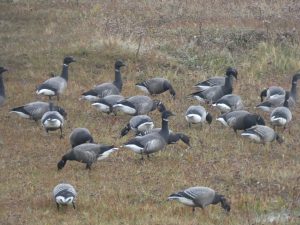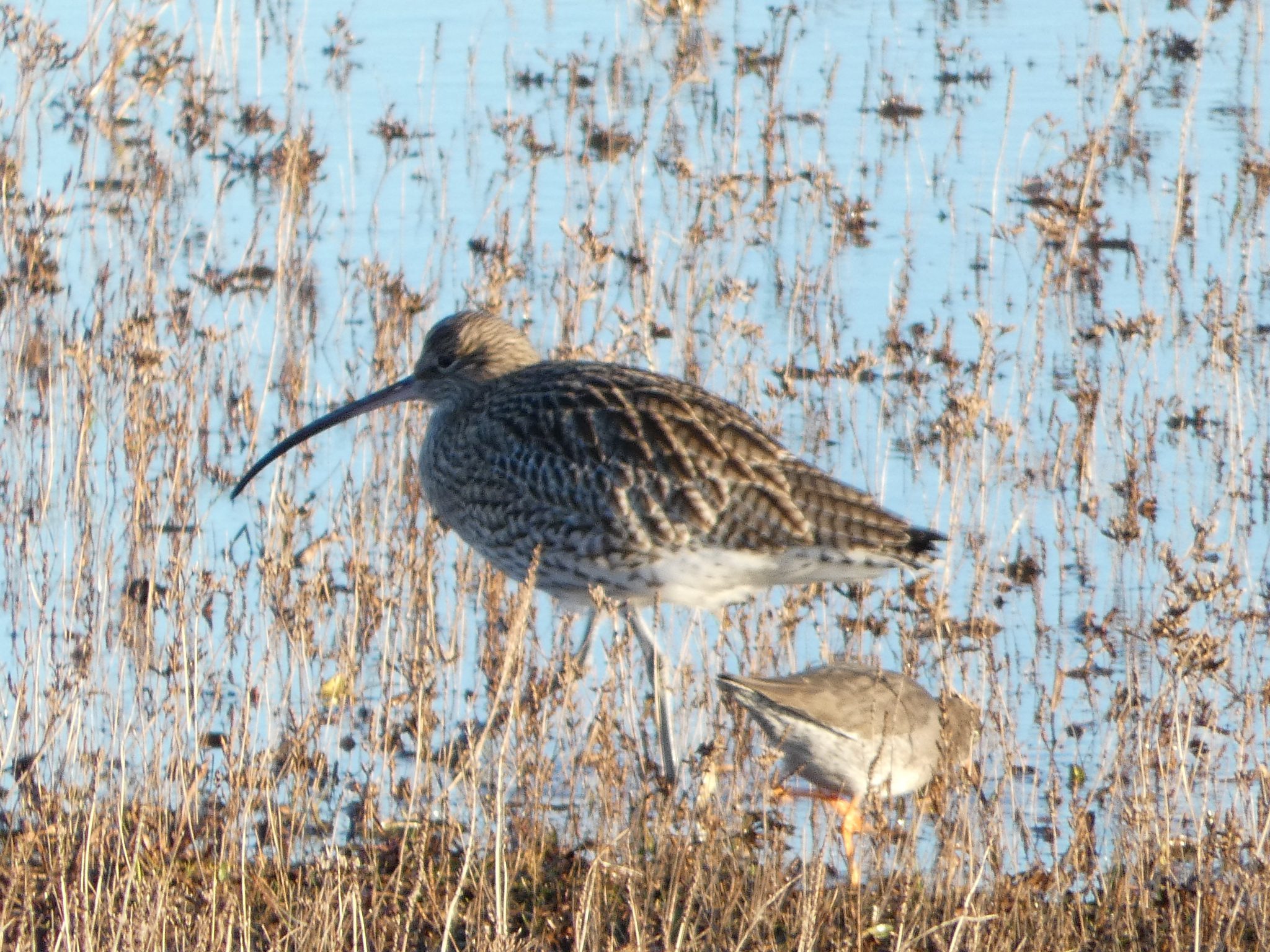Hundreds of thousands of wetland birds arrive on our coast at this time of year after an exhausting journey from the Arctic Circle.
They are here to rest and if they are disturbed it can mean they don’t make it back to their breeding grounds in the Spring.
Beach visitors can help them get the rest they need over the winter months by following these simple steps:
- Keep to the designated footpaths
- Keep dogs under control
- Anyone using the coastline for water sports must stay away from the salt marsh and sand banks.
Cleethorpes plays a vital role in one of the largest mass migrations on the planet.
The resort town sits on the banks of the Humber Estuary, one of the UK’s greatest wetlands.
East Atlantic Flyway
Every year, 90-million birds fly along the East Atlantic Flyway, a super-highway that follows the coastlines from the Arctic, through Europe and into Africa.
The rich feeding grounds found in Cleethorpes and the Humber Estuary act like a motorway service station by providing a rest stop for the migrating birds.
Some pass through on their way to other places whereas others stay for the winter.
There are very few places where people can see these birds so closely as in Cleethorpes.
Wintering birds need your help
Cllr Stewart Swinburn, portfolio holder for Environment and Transport at North East Lincolnshire Council, said:
“Wintering birds need your help to make their stay here as restful as possible.
“They need to recuperate before they fly back to their Arctic breeding grounds in the Spring.
“If they don’t get the rest they need, there’s a good chance they won’t make it back. If they don’t, they can’t breed, and their numbers start to fall sharply.
“Anything that spooks the birds, such as a dog running loose or a speeding jet ski, causes them to take flight and waste valuable energy reserves.
“This means they might not make it back to the Arctic in the Spring and puts their numbers at risk.”

Protected status
The salt marsh and sand dunes are a Site of Special Scientific Interest and Local Nature Reserve.
They feed in the rich estuary mud when the tide is out.
When the tide comes in, they roost in areas such as the salt marsh, sand banks, sea forts and the rock groyne.
Preventing birds from feeding or roosting and causing them to take flight is a criminal offence and offenders can be prosecuted under the EU Birds Directive.
Find out more about the role Cleethorpes plays in the East Atlantic Flyway by watching the Humber Nature Partnership’s Wild Humber video at www.youtube.com/watch?v=Z5rxQMkUftU- external site .
Unique habitat
The Humber Estuary is a unique and diverse habitat. From the sandy beaches and natural sand dunes to the saltmarsh, mudflats and lagoons, the area is home a wide variety of wildlife.
The estuary’s habitats, and the birds, insects and animals that live in it, are protected by UK law. Saltmarsh, mud flats, sand dunes and sand banks all add to the biodiversity of the Humber region.
Since 1988, when the estuary’s importance was recognised, the area has been designated a Site of Special Scientific Interest (SSSI), which is protected under European law. This includes Special Protect Area (SPA) status, as well being a Special Area for Conservation (SAC) and European Marine Site.
It is also recognised by the Ramsar Convention on Wetlands as a wetland of international importance.
artilce from NELC

About the author